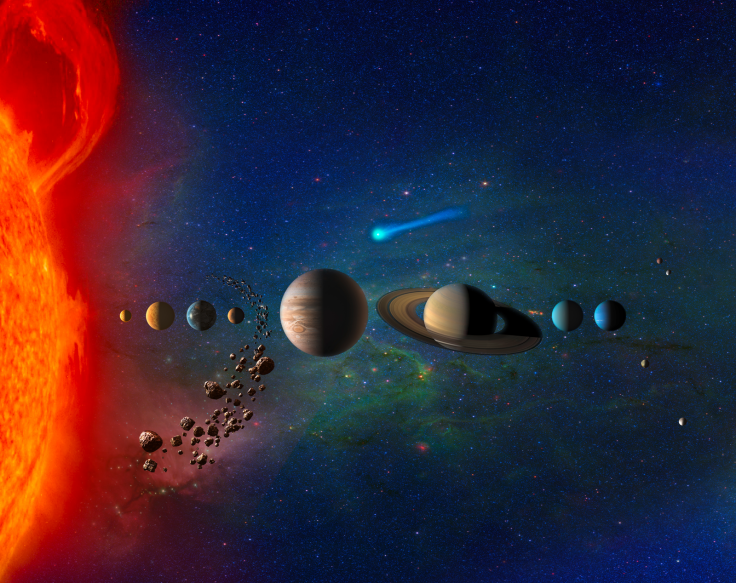Farfarout: Planetoid With Elongated Orbit Confirmed As Farthest Object In Solar System
KEY POINTS
- Planetoid "Farfarout" beats "Farout," previous record-holder for farthest object in solar system
- Farfarout takes 1,000 years to complete an orbit around the sun
- Farfarout's interactions with Neptune could help scientists better understand the ice giant
A team of astronomers has confirmed the farthest known object to be observed in the solar system. Nicknamed "Farfarout," the planetoid is said to be four times farther from the sun than Pluto.
In 2018, a team of astronomers discovered both "Farfarout" and "Farout," the previous record-holder for the farthest object in the solar system. Researchers knew at the time that Farfarout was indeed far away, but they needed more observations to determine exactly how far it really was, explained NOIRLab.
"At that time we did not know the object's orbit as we only had the Subaru discovery observations over 24 hours, but it takes years of observations to get an object's orbit around the Sun," co-discoverer Scott Sheppard of the Carnegie Institution for Science said in the NOIRLab's news release. "All we knew was that the object appeared to be very distant at the time of discovery."
The team found that Farfarout is about 250 miles (400 kilometers) across, while its average distance from the sun is 132 astronomical units (au). One au is the distance between the sun and the Earth. By comparison, Farout is about 124 au from the sun, said NOIRLab.
Another interesting discovery about Farfarout is that it has an elongated orbit and crosses Neptune's path as it loops around the sun. It goes as distant as 174 au at its farthest in the orbit and as close as 27 au at its closest, the Northern Arizona University (NAU)'s news release explained.
Scientists used Gemini North and Magellan telescopes to observe Farfarout's motion across the sky after it was first discovered. They found that it takes 1,000 years to complete a single journey around the sun, with its long, elongated orbit likely a result of its interactions with Neptune.
"A single orbit of Farfarout around the Sun takes a millennium," one of the astronomers who discovered Farfarout, David Tholen of the University of Hawai'i (UH) Institute for Astronomy, said in the UH news release. "Because of this long orbital, it moves very slowly across the sky, requiring several years of observations to precisely determine its trajectory."
Find out what NAU's Chad Trujillo and his colleagues have learned about a planetoid called "Farfarout," which is the most distant object ever observed in our solar system: https://t.co/folDaiG6yJ #NAUResearch @nau_cefns #spaceexploration #space
— NAU Research (@NAUResearch) February 10, 2021
On Wednesday, the International Astronomical Union's (IAU) Minor Planet Center gave Farfarout the official designation of 2018 AG37, although it will likely be given another official name.
Searching The Outer Solar System
According to the Carnegie Institution for Science news release, the team of astronomers who discovered Farfarout have been working on mapping the solar system beyond Pluto since 2012. One of their targets is the elusive so-called "Planet X," which is believed to be orbiting somewhere on the solar system's far reaches.
However, to possibly find another planet in the solar system, astronomers have to use objects in the "very distant solar system." But even if Farfarout is so far and now holds the title as the "farthest known object in the solar system," it can't be used to find another planet because of its interactions with Neptune.
Still, co-discoverer Chad Trujillo of NAU noted in the news release that Farfarout can still be used to understand Neptune better.
"Farfarout's orbital dynamics can help us understand how Neptune formed and evolved, as Farfarout was likely thrown into the outer solar system by getting too close to Neptune in the distant past," Trujillo said.

© Copyright IBTimes 2025. All rights reserved.






















